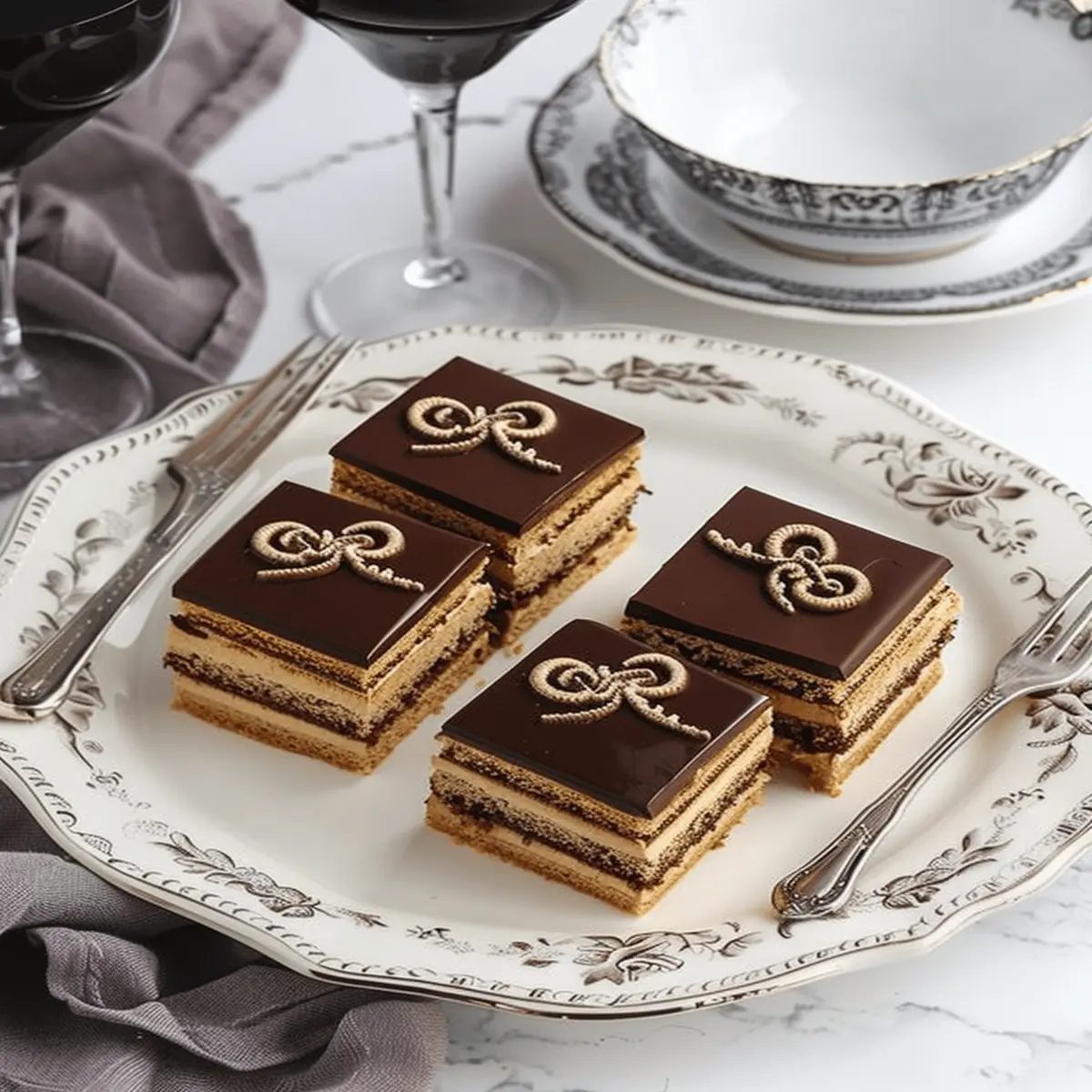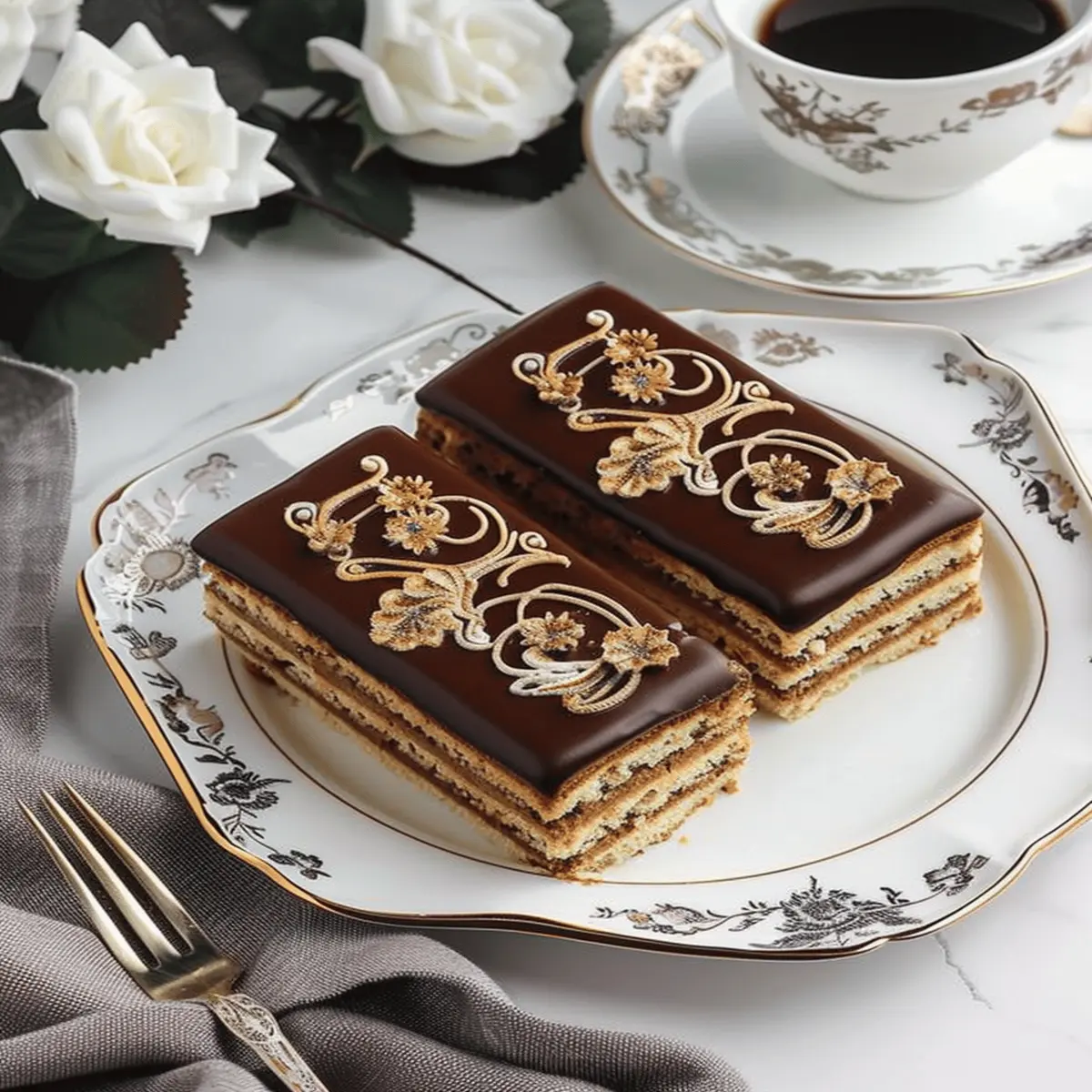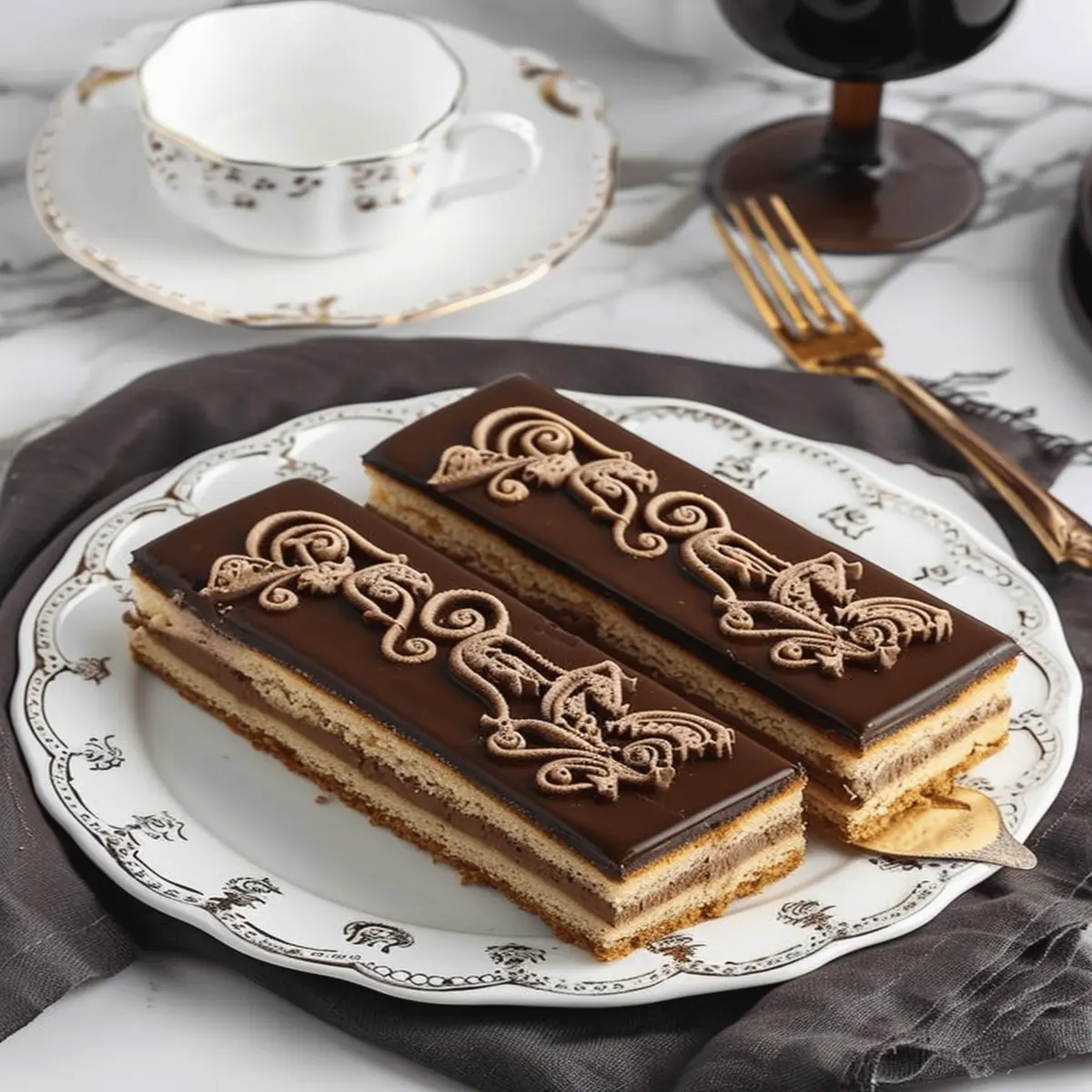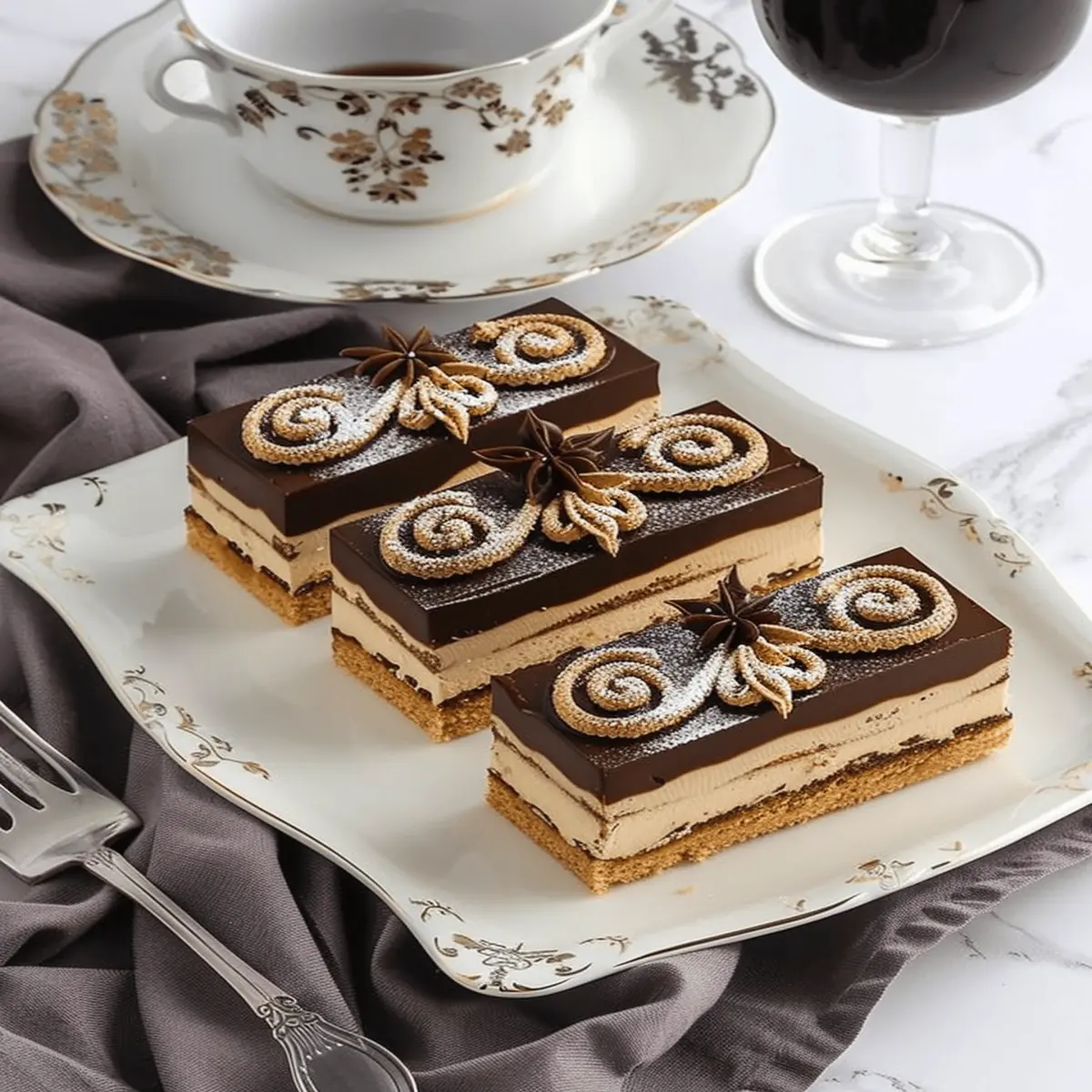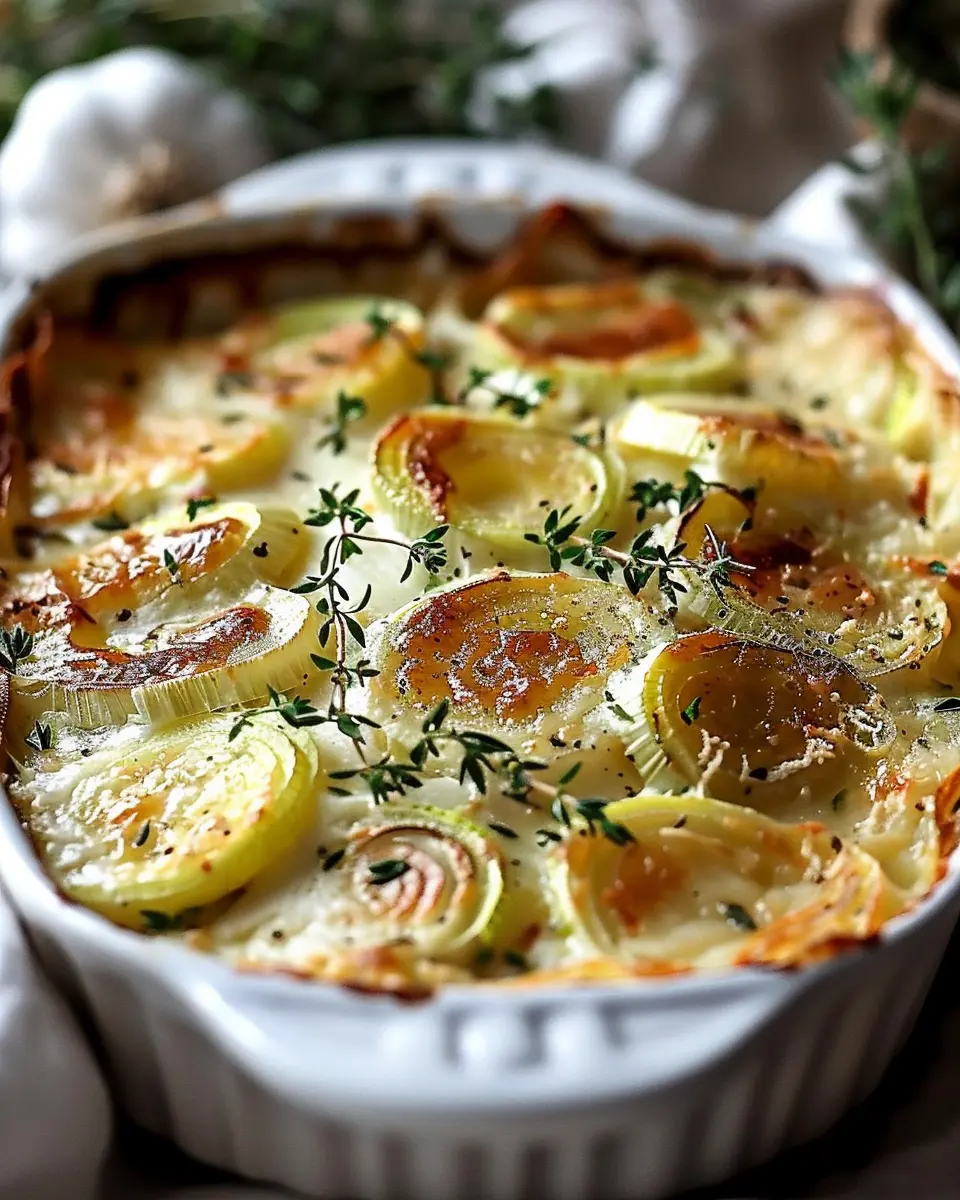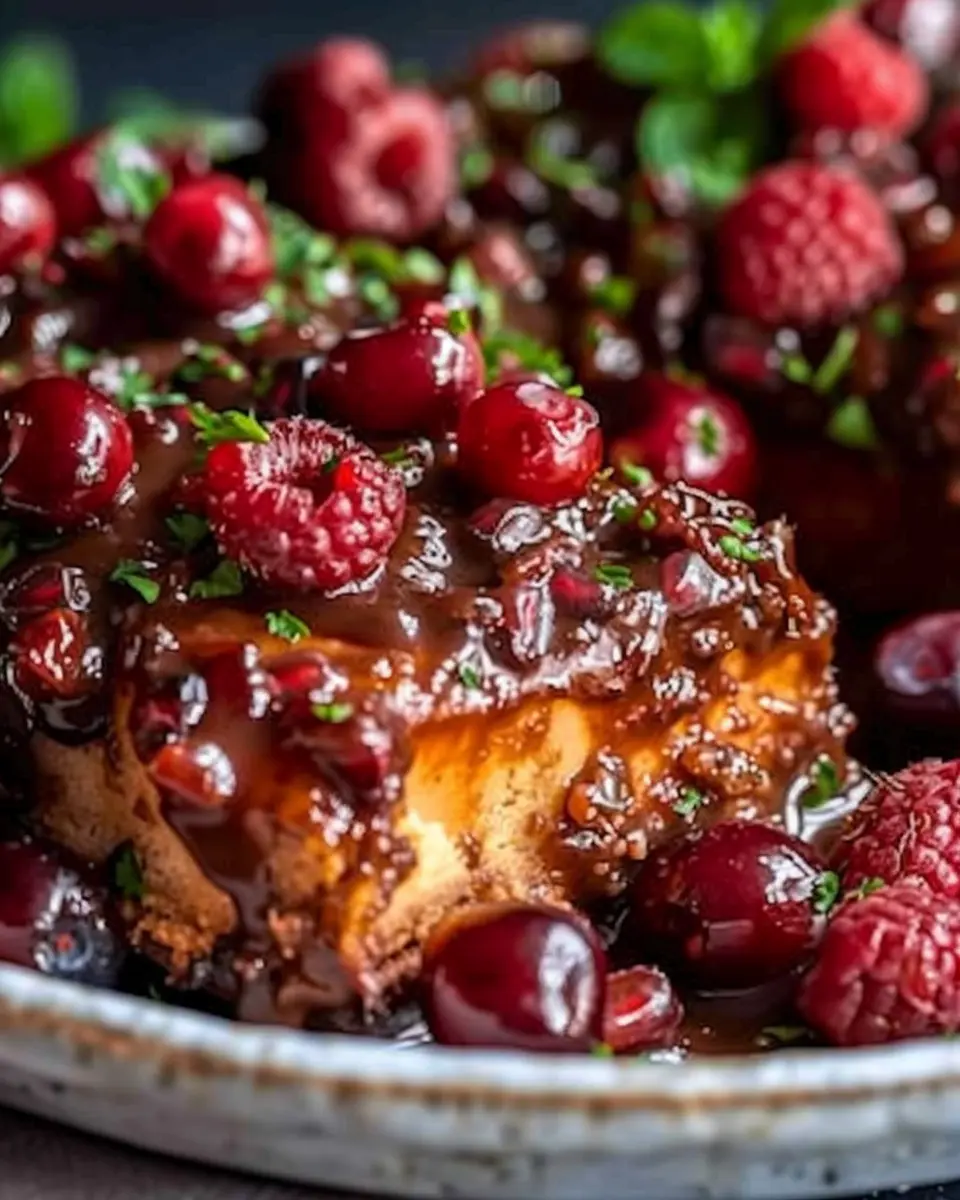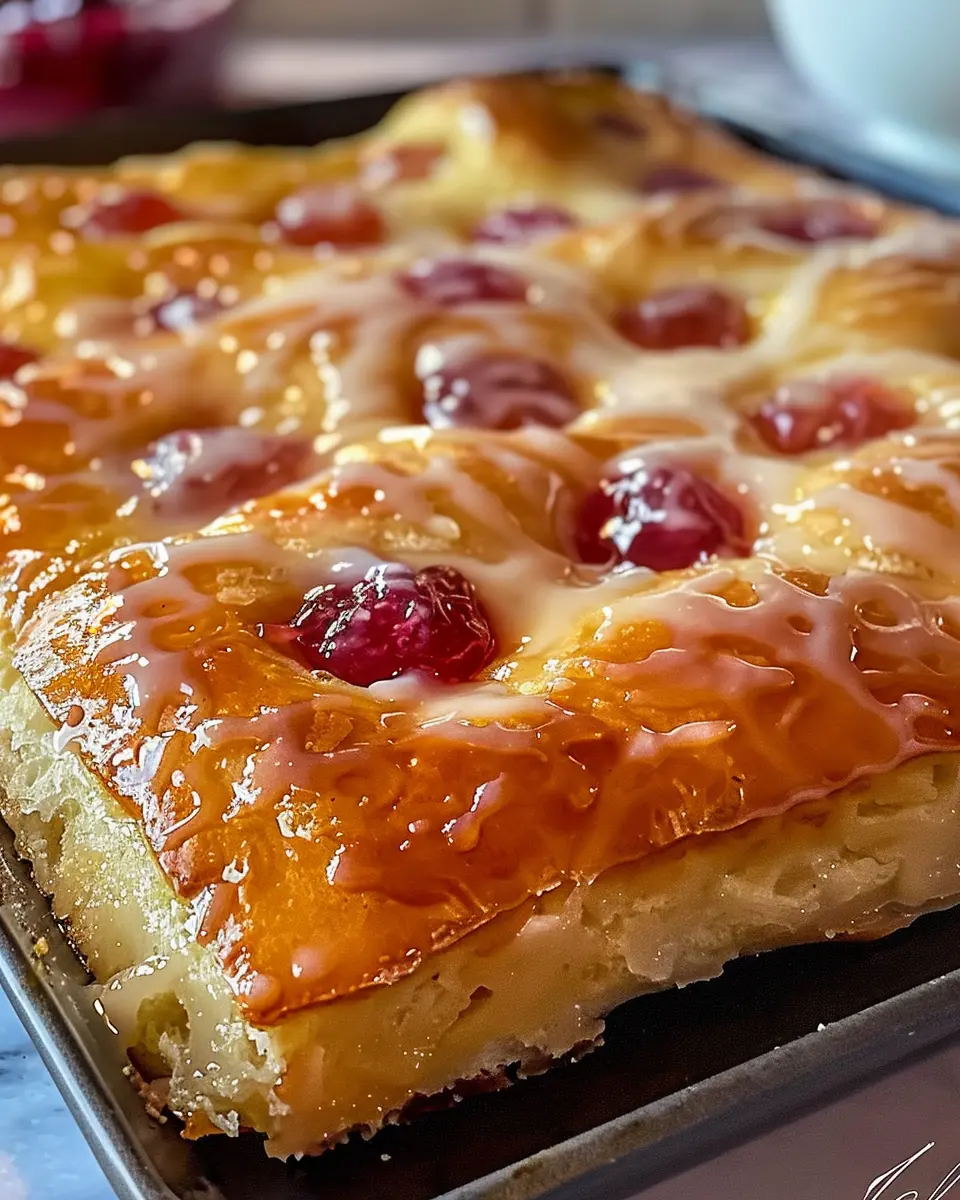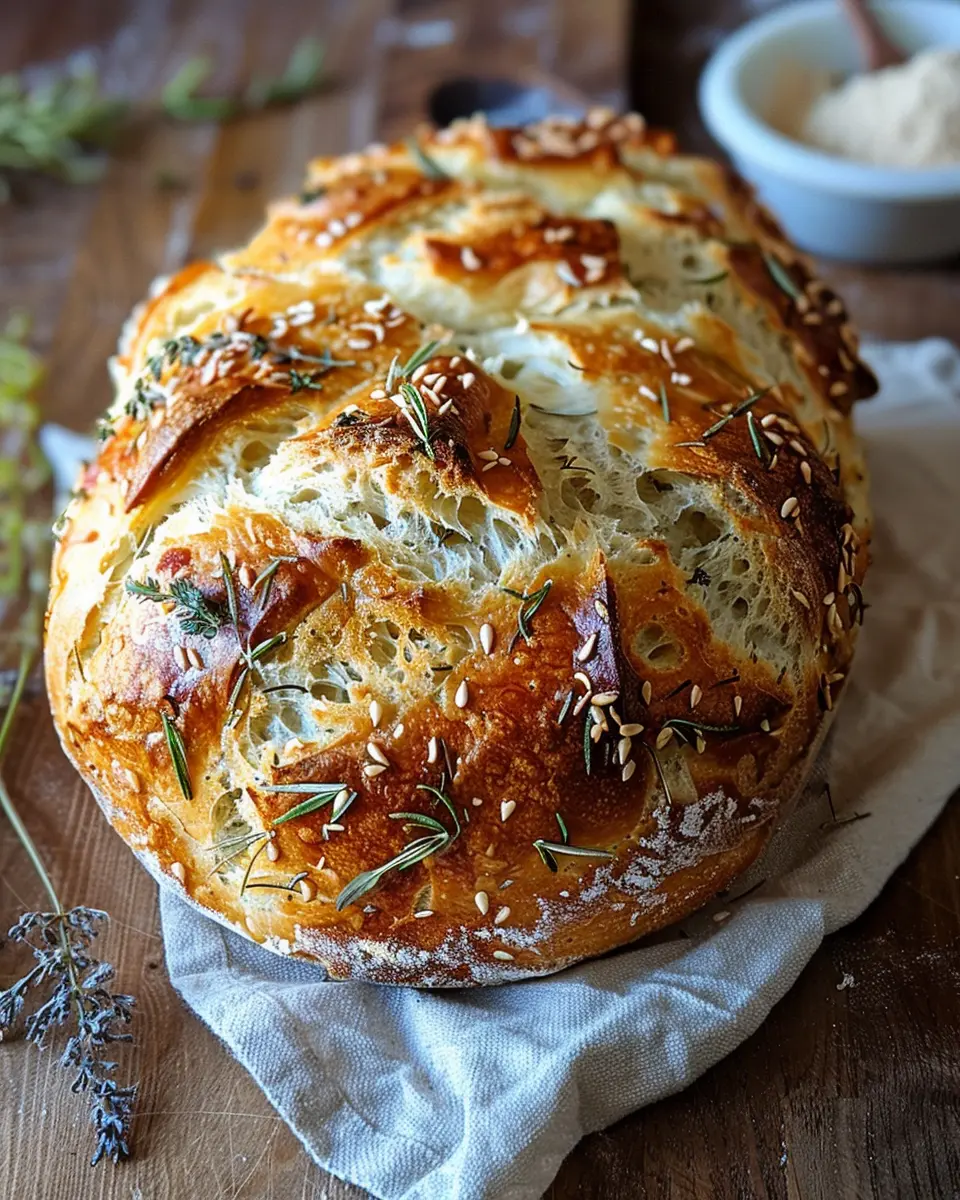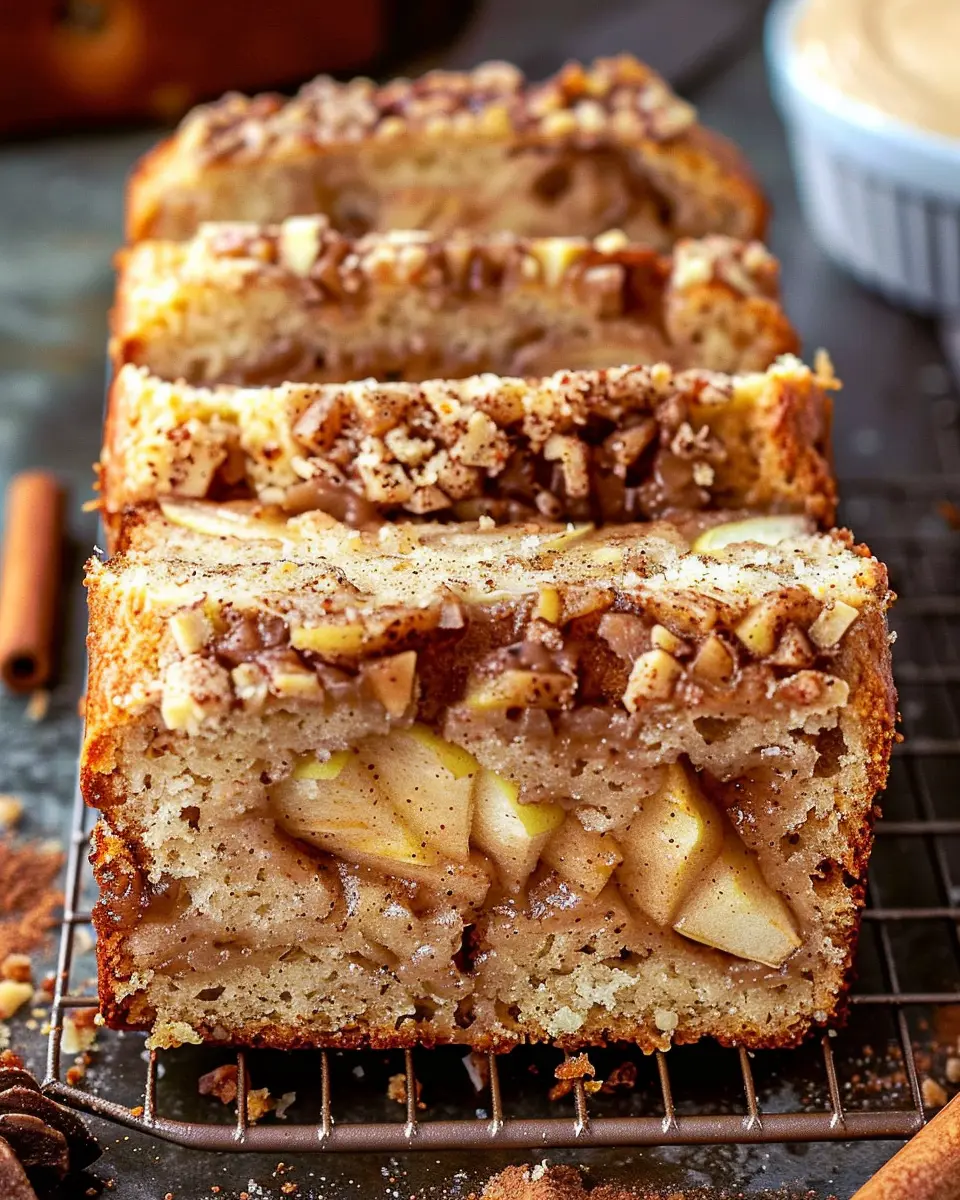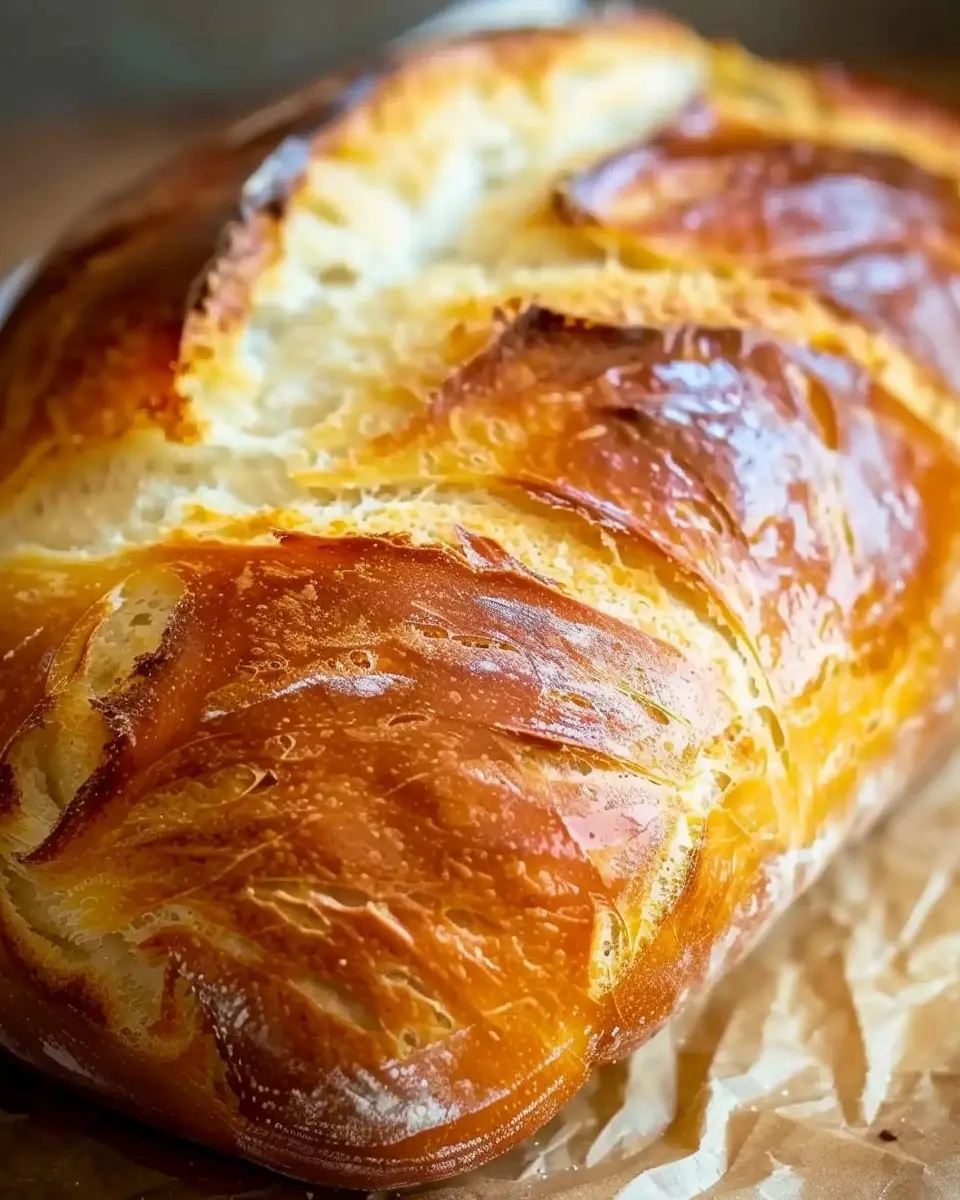Introduction to Classic Opera Cake
When it comes to impressing friends or colleagues, mastering a classic opera cake is a game-changer for any young professional. This iconic French dessert melds together coffee, chocolate, and almond flavors in a multi-layered masterpiece that tells a story with every bite. Think of it as the culinary equivalent of a well-crafted resume—elegant, impressive, and undeniably delicious.
Why every young professional needs this dessert in their repertoire
Learning to make a classic opera cake is not just about indulging in a delicious treat; it’s also a chance to showcase your culinary skills. Have you ever attended a gathering where someone brings a stunning dessert, immediately stealing the attention of the room? That could be you!
Consider these points:
-
Impress Your Friends: Everyone loves a homemade dessert, particularly one that looks as good as it tastes. An opera cake can elevate any occasion—be it a casual dinner party or a festive celebration. When your friends and colleagues take a bite, they’ll be wowed by not just the flavors but the effort you’ve put into such a refined dessert.
-
Build Culinary Confidence: Tackling a classic opera cake may seem daunting, but it’s an excellent opportunity to enhance your baking skills. Each layer requires a different technique, allowing you to experiment with baking, ganache, and espresso-infused syrup. Before long, you will feel confident taking on even more complex desserts, and maybe even dabbling in professional pastry work!
-
Satisfy Your Sweet Tooth with Sophistication: This cake isn’t just visually stunning—it’s a flavor bomb that blends rich chocolate with the subtle bitterness of coffee and nutty almond. According to the Culinary Institute of America, flavors like these resonate well with dessert lovers and elevate any dining experience.
Ready to dive into the world of classic opera cake? Trust me, once you’ve conquered this delightful treat, you’ll want to share your masterpiece everywhere you go. So, grab your apron, and let’s get started!
Ingredients for Classic Opera Cake
Essential ingredients for a perfect opera cake
Creating a classic opera cake requires a delicate balance of flavors and textures. For a successful bake, gather the following essential ingredients:
- Almond flour: This key element adds a delightful nuttiness and contributes to the cake’s moist texture.
- Sugar: You’ll need both granulated sugar and powdered sugar for the cake layers and the buttercream.
- Eggs: They provide structure and richness to the cake.
- Butter: Unsalted is best, as it allows you to control the saltiness of your cake.
- Dark chocolate: Choose high-quality chocolate for a rich, luxurious flavor.
- Coffee or espresso: This elevates the flavor, giving your chocolate layers a subtle bitterness that balances the sweetness.
- Heavy cream: Essential for making that silky chocolate ganache.
Each ingredient plays a pivotal role in building the layers of flavor that define a classic opera cake.
Optional ingredients for customization
Once you’ve nailed the essentials, here’s where you can unleash your creativity. Consider these optional ingredients:
- Vanilla extract: A splash adds a fragrant warmth that enhances the overall cake.
- Liqueurs: Such as Grand Marnier or Amaretto can be brushed onto the cake layers for a unique twist.
- Fruit: Adding thinly sliced fruit, like raspberries, can introduce a refreshing tartness.
By tweaking these ingredients, you’ll not only personalize your classic opera cake but also infuse it with your signature touch. For further reading on the versatility of cakes, you might explore The Spruce Eats for more ideas!
Preparing Classic Opera Cake
Creating a classic opera cake is an exciting journey through layers of espresso-soaked sponge, rich chocolate ganache, and creamy buttercream. This French pastry is a labor of love but is incredibly rewarding! Here are the steps to help you master it with confidence.
Gather and Prepare Your Ingredients
Before you dive into baking, take a moment to gather all your ingredients. Here’s a handy shopping list:
-
For the almond sponge cake:
-
4 large eggs
-
1 cup almond flour
-
1/3 cup all-purpose flour
-
1/2 cup sugar
-
1/4 teaspoon salt
-
1 tablespoon unsalted butter, melted
-
For the coffee syrup:
-
1 cup strong brewed coffee
-
1/4 cup sugar
-
For the chocolate ganache:
-
8 oz dark chocolate, chopped
-
1 cup heavy cream
-
For the coffee buttercream:
-
3/4 cup unsalted butter, softened
-
2 cups powdered sugar
-
2 tablespoons brewed coffee
-
1 tablespoon cocoa powder (optional)
Once you have everything laid out, it’s time to prep your workspace! Clean your counter, and make sure you have mixing bowls, measuring cups, and a whisk handy.
Make the Coffee Syrup
To create the coffee syrup that will soak the sponge, combine your brewed coffee and sugar in a small saucepan over medium heat. Stir until the sugar fully dissolves, and then let it simmer for about 5 minutes. This syrup will impart a robust flavor into your cake layers and keep them moist. Let it cool while you prepare the sponge.
Prepare the Almond Sponge Cake
In a bowl, whisk the eggs and sugar until they form a pale mixture. Gradually fold in the almond flour and all-purpose flour, making sure to retain the airiness. Finally, add the melted butter. Pour the batter into a lined baking pan and bake at 350°F for about 15-20 minutes until golden brown. Let it cool completely on a wire rack.
Create the Chocolate Ganache
For a luscious chocolate ganache, heat your cream in a saucepan until it just begins to simmer. Remove it from the heat and pour it over the chopped dark chocolate. Wait a minute, then gently stir until smooth. This silky ganache will add that decadent layer central to the classic opera cake experience.
Whip Up the Coffee Buttercream
In a mixing bowl, cream the softened butter until it’s light and fluffy. Gradually add the powdered sugar and mix until combined. Incorporate the brewed coffee and cocoa powder if using, adjusting to your desired coffee flavor. This buttercream is aromatic, smooth, and perfect for layering.
Assemble the Layers
It’s time to stack your creation! Slice your almond sponge into even layers. Start with the first sponge layer, soak it with your cooled coffee syrup, then spread a layer of coffee buttercream, followed by chocolate ganache. Repeat the process, layering sponge, syrup, buttercream, and ganache until you reach the final sponge. Cover the top and sides of the cake with any remaining buttercream for a smooth finish.
Chill and Set the Cake
Once assembled, place your cake in the fridge for at least 2 hours. This setting time helps the flavors meld together and makes slicing easier. Plus, it allows the buttercream and ganache to firm up for that perfect bite.
Finish with Glaze and Decorations
To add a beautiful glossy finish, pour a warm chocolate glaze over the top of your chilled cake, letting it drip down the sides for an elegant look. You can also garnish with chocolate shavings or edible gold leaf for a touch of luxury.
With your classic opera cake complete, it’s time to slice into it and share with friends! Enjoy the rich flavors and celebrate your hard work. If you’re looking for more inspiration, check out this guide on French pastry techniques to elevate your baking skills even further!
Variations on Classic Opera Cake
If you think the classic opera cake is delicious, you’ll be thrilled to discover some creative variations that infuse fresh flavors into this traditional French dessert. Let’s explore a few exciting twists!
Matcha Opera Cake
For those who adore the earthy tones of matcha, this variation adds a vibrant green layer that’s as visually stunning as it is delicious. Swap out the coffee syrup for a sweetened matcha syrup, and use matcha-infused buttercream in place of the classic coffee ganache. The result? A beautifully balanced cake that brings a little zen to your dessert table. Plus, matcha is packed with antioxidants, so you can indulge guilt-free!
Nutella Opera Cake
Who could resist the allure of Nutella? This version takes the classic opera cake up a notch by incorporating rich layers of Nutella buttercream and a decadent Nutella glaze. Replace coffee elements with chocolate ganache for a truly indulgent experience. Dust the top with some crushed hazelnuts for a delightful crunch. If you’re a fan of Nutella, this cake is an absolute must-try!
Vegan Opera Cake Alternatives
For those following a plant-based lifestyle, you can still enjoy this elegant dessert. Use vegan chocolate and aquafaba (the liquid from chickpeas) to create a lush ganache and airy mousse. Substitute the butter for coconut oil or a vegan butter alternative. These small changes can result in a fabulous opera cake that even non-vegans will love! Check out this resource on vegan baking techniques to get started.
With these delightful twists on the classic opera cake, you can explore new flavor profiles and cater to various dietary preferences. Which one will you try first?
Cooking Tips and Notes for Classic Opera Cake
Avoiding Common Pitfalls
When tackling a classic opera cake, precision is key. A common mistake is overbaking the almond sponge; it should be golden and springy to the touch. To prevent this, keep a close eye on your oven, and consider using a toothpick test—just remember, it should come out clean but not too dry. Additionally, allow each layer to cool completely before assembling to avoid a soggy cake.
Smart Ingredient Substitutions
If you’re missing an ingredient, don’t fret! While traditional recipes call for almond flour, you can use hazelnut flour for a delightful twist. For the coffee syrup, instant coffee works, but for the true coffee aficionados, consider using freshly brewed espresso for deeper flavor. And if you’re dairy-free, plant-based alternatives like almond milk can replace regular milk; just make sure the flavors align.
For a deeper dive into ingredient substitutions, check out this resource that covers a wide range of options! Happy baking!
Serving Suggestions for Classic Opera Cake
Best Pairings with Beverages
When it comes to enjoying your classic opera cake, the right drink can elevate the experience. For a sophisticated touch, serve it with a glass of dry champagne or a robust Espresso. The elegance of champagne beautifully complements the rich layers of coffee, chocolate, and almond. If you prefer a less formal option, try pairing it with a bold red wine, like a Cabernet Sauvignon, which enhances the chocolate flavor.
For non-alcoholic choices, a rich hot chocolate or coffee can be delightful and comforting. Some enjoy a refreshing mint tea, which can contrast the cake’s sweetness wonderfully. Remember to consider the cake’s decadent flavors when selecting your beverage!
Ideas for Plating and Garnishing
Presentation matters, especially with a dessert as stunning as a classic opera cake. Here are some easy yet alluring ideas to impress your guests:
- Fine chocolate shavings: Sprinkle them over the top for a touch of elegance.
- Fresh mint leaves: They add a pop of color and a refreshing aroma.
- Edible flowers: Perfect for a touch of whimsy and romance.
Consider using a minimalist white plate to let the cake shine as the star of the dessert table. For an artistic flair, drizzle some chocolate sauce and place the cake in the center.
Have you ever thought about using a flavored syrup as a base? A splash of raspberry or caramel can create a lovely contrast while hinting at what’s inside. Remember, how you serve your cake can make all the difference! For more serving ideas and inspiration, check out Good Housekeeping’s dessert tips.
Time Breakdown for Classic Opera Cake
When indulging in the rich layers of a classic opera cake, understanding the time commitment can help you plan effectively. Let’s break it down.
Preparation Time
The preparation for this exquisite dessert typically takes about 30 to 45 minutes. During this time, you’ll be creating the almond sponge, buttercream, and chocolate ganache. To save yourself from the chaos, consider laying out all your ingredients beforehand. This way, you can glide through each step smoothly.
Cooking Time
Once you’re prepped, the cooking process will add another 15-20 minutes to your timeline. Keep a close eye on the oven—it’s during this time that the sponge truly comes to life.
Total Time
In total, expect to invest about 1.5 hours in making your classic opera cake. But remember, the magic doesn’t end here. Letting it chill and set overnight enhances the flavors, making it all worthwhile! Spending that extra time is a common trick among pastry chefs—you’ll find that patience really pays off in terms of taste.
For a deeper dive into cake-making science, consider checking out experts like Serious Eats or America’s Test Kitchen. With a bit of planning and creativity, you’ll be savoring a slice of your homemade opera cake in no time!
Nutritional Facts for Classic Opera Cake
When indulging in a classic opera cake, it’s helpful to know what you’re treating yourself to. This elegant dessert, layered with rich flavors, provides a delightful balance of sweetness and richness. Let’s break down its nutritional profile.
Calories
A single serving of classic opera cake usually contains around 300-400 calories. It’s a treat meant for special occasions, so being mindful of portion size can help keep your calorie intake balanced.
Protein
Despite being primarily a dessert, the classic opera cake offers a modest protein content, averaging about 5 grams per serving. Ingredients like eggs and butter contribute to this nutritional aspect, making it a tad more satisfying.
Sugar Content
As with most desserts, the sugar content is essential to consider. A slice of classic opera cake typically contains about 25-30 grams of sugar. Given this high sugar content, it’s wise to enjoy this cake occasionally rather than daily.
For more insights about dessert nutrition, you can check out resources from the USDA or articles on healthy dessert alternatives from Healthline.
Understanding the treatment of food can enhance your enjoyment and appreciation of each bite! Remember, balance and moderation are key to any dessert enjoyment.
FAQs about Classic Opera Cake
Can I make opera cake ahead of time?
Absolutely! Classic opera cake is a dessert that not only allows you to prep in advance but actually benefits from a little resting time. Prepare the layers—sponge, coffee syrup, ganache, and buttercream—and assemble them a day or two before you plan to serve. This resting period lets the flavors meld beautifully, creating a more harmonious taste. Just remember to keep it wrapped tightly in the fridge until you’re ready to dive in!
How should I store leftover opera cake?
If you find yourself with leftover classic opera cake, you’re in for a treat! Store it in an airtight container in the fridge for up to four days. Just keep in mind that the cake might dry out a bit over time—so, if you’re anything like me, you won’t have leftovers for long! For optimal freshness, consider slicing pieces individually and wrapping them in plastic wrap before placing them in a container.
What type of chocolate is best for ganache?
When it comes to ganache for your classic opera cake, the quality of chocolate makes a significant difference. Look for a good semi-sweet or dark chocolate, typically around 60-70% cocoa content. This will provide a rich flavor without overwhelming sweetness. Be sure to check out reputable brands like Valrhona or Guittard. Not only do they melt beautifully, but they also elevate your cake to a whole new level!
By following these tips and keeping these FAQs in mind, you’ll make an impeccable classic opera cake that impresses your guests and satisfies your sweet cravings!
Conclusion on Classic Opera Cake
Why This is the Ultimate Dessert for Homemade Enthusiasts
The classic opera cake is not just a dessert; it’s a delightful experience that combines rich flavors and elegant presentation. For those passionate about baking, mastering this intricate treat offers a rewarding challenge that’s well worth the effort.
- Layered Perfection: Each layer of almond sponge, coffee buttercream, and dark chocolate ganache tells a story of flavor and texture.
- Endless Creativity: Personalize your cake with variations in flavors or decorations. You could even explore alternative recipes on Serious Eats to find inspiration.
Making this cake at home fosters creativity and boosts confidence in your baking skills. Every slice you serve is sure to impress, making it the perfect centerpiece for any gathering. So why wait? Grab those ingredients and create a stunning classic opera cake that will leave your friends and family asking for seconds!
PrintClassic Opera Cake: Indulgently Decadent With Every Layer
A rich and layered dessert that combines the flavors of chocolate, coffee, and almond.
- Prep Time: 30 minutes
- Cook Time: 15 minutes
- Total Time: 45 minutes
- Yield: 8 servings 1x
- Category: Dessert
- Method: Baking
- Cuisine: French
Ingredients
- 5 eggs
- 100 grams granulated sugar
- 100 grams almond flour
- 100 grams all-purpose flour
- 200 grams dark chocolate
- 200 ml heavy cream
- 1 cup brewed coffee
- 50 grams unsalted butter
Instructions
- Preheat your oven to 350°F (175°C).
- Whisk together eggs and sugar until frothy.
- Fold in almond flour and all-purpose flour.
- Spread batter into a baking sheet and bake for 15 minutes.
- Allow to cool, then cut into layers.
- Melt dark chocolate and mix with heavy cream.
- Layer the cake with chocolate ganache and brewed coffee soaking syrup.
- Chill thoroughly before serving.
Notes
- Can be made a day in advance for better flavor.
- Use high-quality chocolate for best results.
Nutrition
- Serving Size: 1 slice
- Calories: 350
- Sugar: 25g
- Sodium: 40mg
- Fat: 22g
- Saturated Fat: 10g
- Unsaturated Fat: 8g
- Trans Fat: 0g
- Carbohydrates: 35g
- Fiber: 2g
- Protein: 5g
- Cholesterol: 70mg
Keywords: Classic Opera Cake
